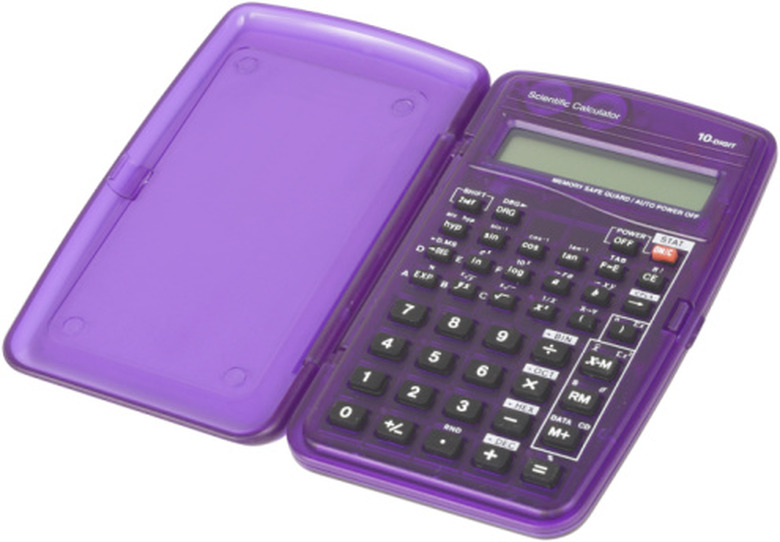How To Change A Whole Number Into A Fraction
Fractions are a part of everyday life. Fractions describe part of a whole number and can be found in recipes, directions and grocery shopping. When you are baking, you will regularly need 1/2 cup of an ingredient. Driving directions will tell you to go 2/3 of a mile down the road before turning. And while grocery shopping, you can buy 1/4-pound of turkey at the deli. If you have a whole number that needs to be converted into a fraction, the process is fairly easy.
What are Fractions?
What are Fractions?
A fraction consists of two numbers, one on top of the other. The top number in a fraction is called the numerator and the bottom number is called the denominator. The denominator shows the whole amount, while the numerator gives you a portion of the whole. Fractions can be reduced when both the numerator and the denominator can be divided by the same number. Consider 5/10; you can divide both numbers by 5 and end up with 1/2.
Types of Fractions
Types of Fractions
Most fractions you see are called proper fractions, which means that the numerator is smaller than the denominator, such as 3/4. When you have a fraction where the numerator is larger than the denominator, you have an improper fraction. An exampled of an improper fraction is 7/4. When you convert a whole number to a fraction, you will end up with an improper fraction. You can also have a mixed fraction, where you have a whole number and a fraction. For example, 2 2/3 would be a mixed fraction.
Whole Number Over One
Whole Number Over One
One way to convert a whole number to a fraction is simply to make the whole number the numerator and make the denominator 1. If your whole number is 30, your fraction would be 30/1. The fraction is equal to 30, so you have not changed the number at all; you are just representing it in a different way. You can change any whole number into a fraction this way, but you always need to leave 1 as the denominator.
Multiplying Whole Numbers
Multiplying Whole Numbers
If you want your whole number to represent a quantity of fractional parts, you need to use multiplication. For example, if you want your whole number to represent thirds, you would multiply the whole number by 3, giving you your numerator, and the number 1 by 3, giving you your denominator. If your whole number is 30, you would end up with the fraction 90/3. When using this method, do not reduce your fraction, because you will end up with your original number over 1.
References
Cite This Article
MLA
Farber, Jamie. "How To Change A Whole Number Into A Fraction" sciencing.com, https://www.sciencing.com/change-whole-number-fraction-8567438/. 24 April 2017.
APA
Farber, Jamie. (2017, April 24). How To Change A Whole Number Into A Fraction. sciencing.com. Retrieved from https://www.sciencing.com/change-whole-number-fraction-8567438/
Chicago
Farber, Jamie. How To Change A Whole Number Into A Fraction last modified March 24, 2022. https://www.sciencing.com/change-whole-number-fraction-8567438/
